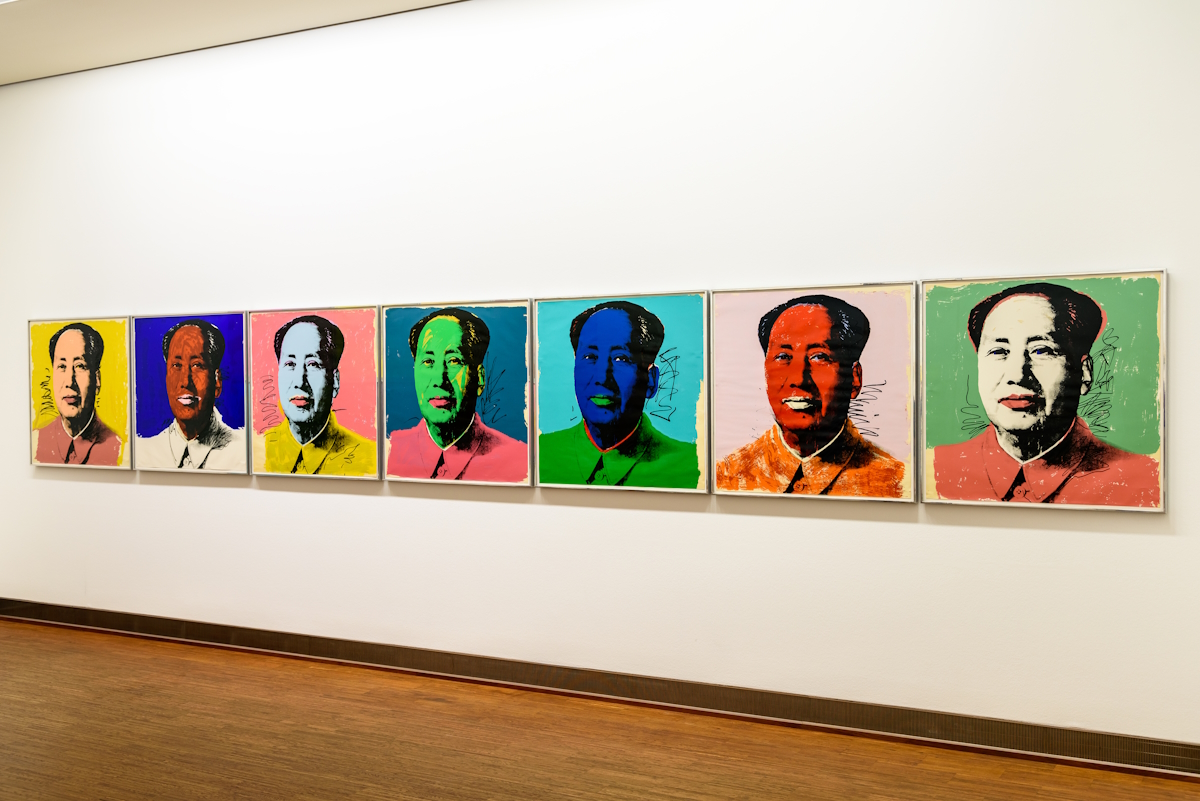A few years back, owning artwork was more typical for the wealthy and middle-aged. But things are changing slowly, as many millennials and young art lovers are turning to art as an investment and a way to earn profit. South Korea is the biggest example of this trend. According to the Korea Arts Management Service (KAMS), the country’s art market grew almost three-fold in 2022 and reached $714 mn. There was a surge in art collectors in the mid-30s and 40s during the pandemic.
Moreover, increased concerns about the volatile financial markets, and a renewed interest in art, have lured many Asians to explore art as a lucrative alternative investment. Artvest estimates the global art fund industry to be $1 bn, with Asian funds accounting for nearly one-third of the market size.
The rise of art investment in Asia
The inclination towards art funds in Asia started between 2007-2009 in China. In 2009, China became the biggest art fund market in the world. China Mingsheng Bank Corporation launched the first formal art fund, Extraordinary Asset Management “Art Investment Plan” No. 1. The fund invested in modern and contemporary Chinese art. Slowly other players entered the market and art investment received due support from the government too. By 2012, China accounted for 70% of the global art fund market. In terms of the market value of art, in 2022, China accounted for 17% of the global art market, after the United States and the United Kingdom, as per Statista.
Between 2006-2009, India also saw a boom in their art market with the launch of YatraFund and Osian. The prices of artwork in India are lower than in Western markets and present a good opportunity. As per the Indian Ministry of Culture, the Indian art market is expected to reach a market size of around $2 bn by 2025.
South Korea has now emerged as a strong player in the art market. According to the Korea Art Market 2022 report, the trade volume of the Korean art market exceeded $812. mn in 2022, a historic high.
Ways of investing in the art market
Due to the illiquid nature of the investment, there are no art ETFs in the market. However, below are the two most popular ways to invest in the art market, besides actually owning art pieces.
Art Funds: An art fund is a structured investment vehicle that facilitates third-party investors to invest in artwork for financial gains. By investing in art funds, investors get fractional art ownership as exposure to the art market without having to purchase physical art. These art fund managers actively monitor the performance of the artworks in the fund and make necessary adjustments to minimise risk and maximise returns to investors. Some of the leading art investment funds attracting investors from across the globe are Artemundi, Anthea Art Investments, The Fine Art Group, and Arthena.
Online auction portals: There are several auction portals like Artnet, Sotheby’s Mei Moses, Christie’s, and Wondeur that allow art connoisseurs to research as well as buy and sell the artworks. South Korea is home to two of the leading platforms like ArtnGuide and TESSA which feature the choicest paintings from Japanese artist Yayoi Kusamas, and English artist Banksy. Most of these portals determine the auction price based on art indices formed by tracking data from thousands of artists, the median price of the artwork, and the number of public sales made. Leading auction portals like Sotheby’s, Philips, and Christie’s revealed all reported that Asian clients contributed to around a third of their global sales in 2020.
Reasons for the rise of fractional art investment in Asia
Persistent global uncertainty and volatile inflation have led investors to look for avenues for alternatives and art is a hot favourite there. It allows investors to diversify their portfolios aside from traditional asset classes. Art has consistently delivered average returns of 7.6%, as it is unaffected due to the performance of financial markets.
Fractional art ownership allows people to reap returns from artworks without investing a fortune. It is democratising art investment and art collectors have a new way of monetising their collections. Fractionalisation has also become increasingly popular in the NFT market as prices of many NFT collectibles have become overpriced for most investors. Fractional.art is an example of one of these platforms. Most of the portals and funds that allow fractional art investment use cutting-edge technology like Blockchain and Artificial Intelligence to manage the investments.
Challenges of art investment
Investing in the art market is booming but it is not without a set of challenges. One of the challenges that investors must deal with is understanding the impact of the unpredictable trends in art over time. The art funds lack structuring expertise and there is an absence of established long-term track records.
Moreover, unlike other asset classes, the art market is opaque, unregulated, illiquid, and has an element of emotion. Hence, it requires a thorough understanding of the market, the intricacies of the sector, and a will to conduct due diligence. Investors also need to look at the tax treatment and the profit graph before parking their money.










 Australia
Australia China
China India
India Indonesia
Indonesia Japan
Japan Malaysia
Malaysia Philippines
Philippines Singapore
Singapore South Korea
South Korea Taiwan
Taiwan Thailand
Thailand Vietnam
Vietnam Germany
Germany Hong Kong
Hong Kong USA
USA Switzerland
Switzerland Singapore
Singapore
 United Kingdom
United Kingdom








